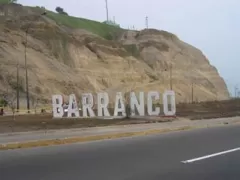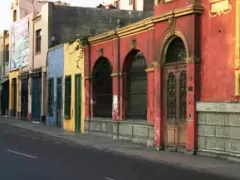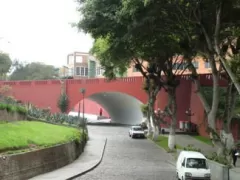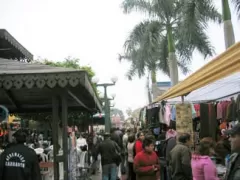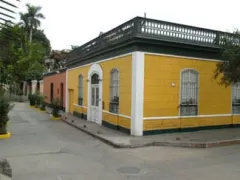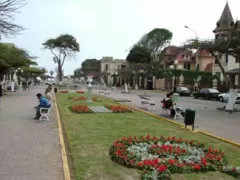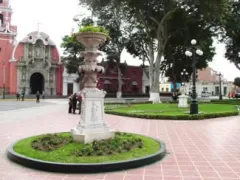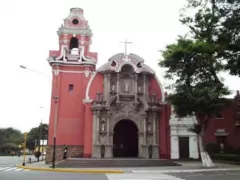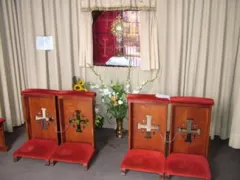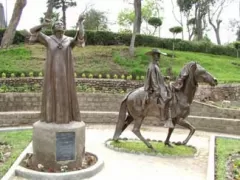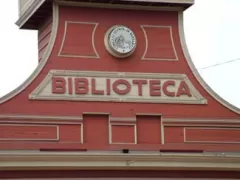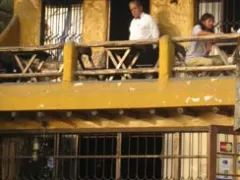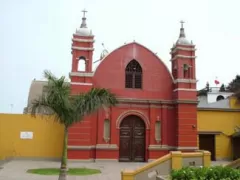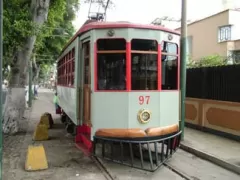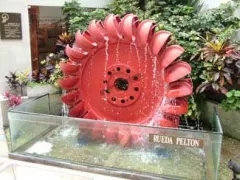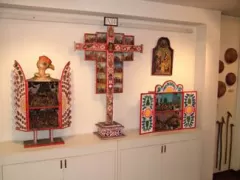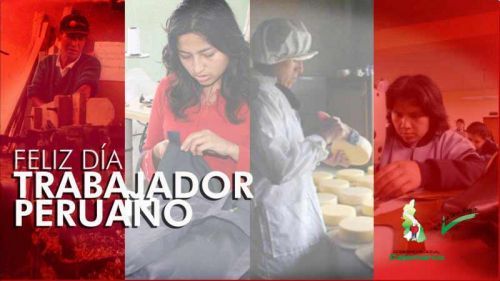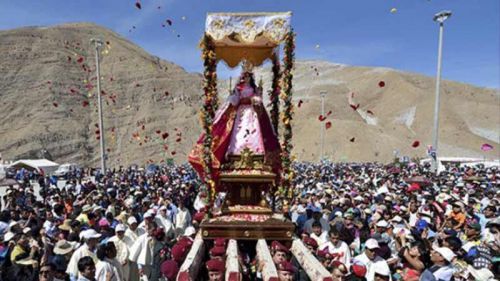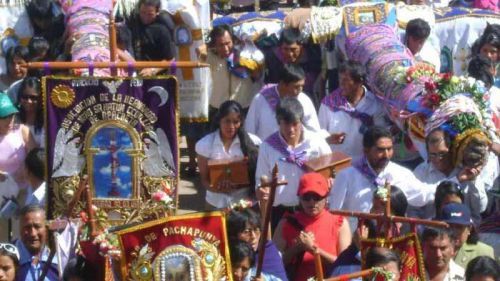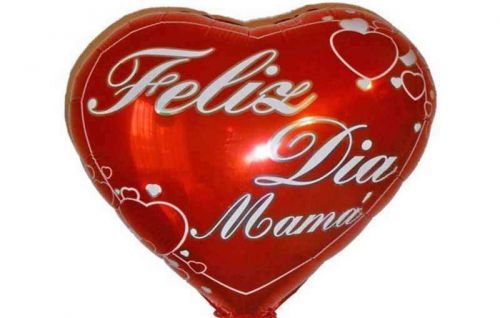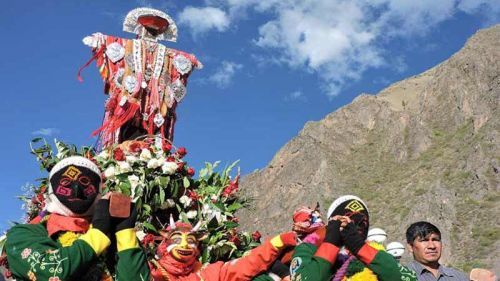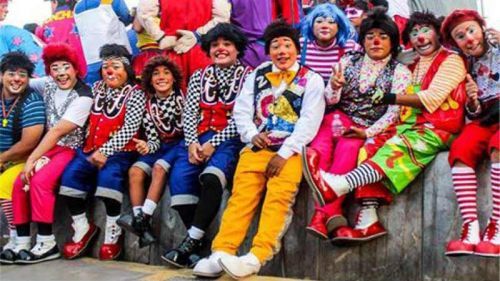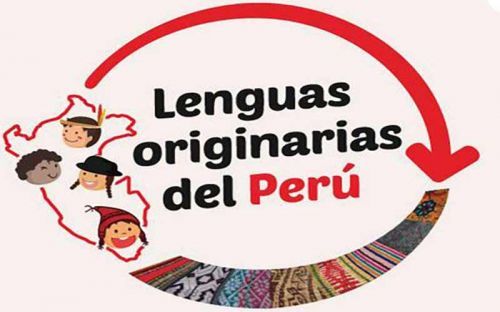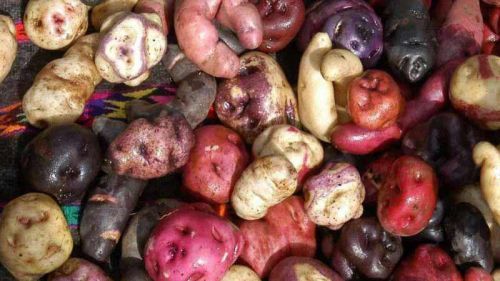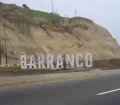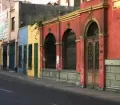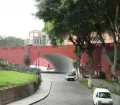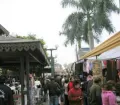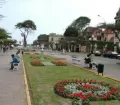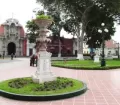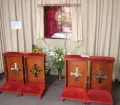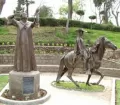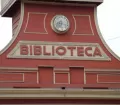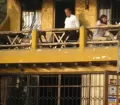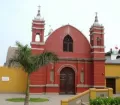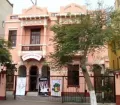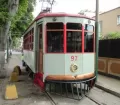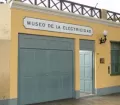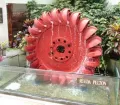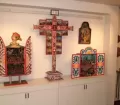Unfortunately, only a few tourists find their way to the beautiful district of Barranco. Once it was Lima's beach, pleasure and entertainment district for wealthier Limeños (during the colonial and republican times). Barranco was at the beginning of the 20th century home to famous Peruvian writers and artists which gave the district a unique character.
Luckily Barranco could save not only big a part of its colonial charm but as well its special character and charisma. The daily life in Barranco is more relaxed and quieter than in the rest of Lima. The city center invites you to stroll around, visit old colonial and republican houses and enjoy the many other amazing sights that Barranco offers.
As soon as the sun goes down Barranco awakes and becomes the place for dancing and partying. The streets around the Parque Municipal (Municipal Park) get crowded. Cosy restaurants offer excellent typical Peruvian food. Pubs, discotheques and nightclubs invite their guests to an exciting night. And the famous Peruvian peñas stage folkloric music shows, in particular Afro Peruvian and Criollo gigs.
Facts & Figures about Barranco
The district of Barranco was officially established on the 26th of October 1874. It is located south of Miraflores directly at the Pacific Ocean. Barranco is with 3.33 km² the second smallest district of Lima.
The district is connected with the city center and Miraflores through the Via Expresa (Express Highway). The district of Barranco is limited to the north by the district of Miraflores, to the east by the district of Santiago de Surco, to the south by the district of Chorrillos and to the east by the Pacific Ocean.
Brief History of Barranco
Barranco was founded by Spanish settlers and soon got the nickname "city of windmills" as its first inhabitants often used windmills to draw water from their wells. In the following years Barranco developed to the fashionable seaside resort for Lima's high society. They built beautiful colonial summer residences where wealthy Limeños spent their weekends and holidays. By the time Peru became independent, it was a thriving retreat for Lima's wealthiest families. It was also a favorite place where international visitors stayed when coming to Lima.
In 1870 the famous "Bajada a los Baños", a small footpath that leads from Barranco city to the ocean was constructed. The "Puente de Los Suspiros" (Bridge of Sighs) with its stunning view down the 'bajada' was built in 1876. During the War of the Pacific, Barranco was like other wealthy districts of Lima, badly looted and set on fire by the invading Chilean troops in 1881. At the beginning of the 20th century Barranco had recovered from the war. Many more or less well known Peruvian writers and artist moved to the district and gave Barranco its special romantic and artistic flair that it still has today. In 1940, a powerful earthquake hit the region and damaged the district severely. The town recovered and was once again rebuilt.
Places to visit & attractions in Barranco
Biblioteca Municipal de Barranco
The best place to start your tour through Barranco is the Parque Municipal. Here you find the "Biblioteca Municipal de Barranco" (Municipal Library of Barranco), built at the end of the 19th century. They added the unique tower in 1911. In former times it housed the municipality; today it accommodates the public library that also provides books written in braille for visually disabled people. Just opposite of the Park is the "Iglesia de la Santisima Cruz".
Puente de Los Suspiros
If you head towards the ocean, you will soon reach the famous "Puente de Los Suspiros". The "Bridge of Sighs" is the district's landmark. They inaugurated it on the 14th of February 1876. Since then the wooden bridge withstood the War of the Pacific and earthquakes, but had to be repaired several times and was cut down in the middle of the 20th century to its actual length of 31 m. As it always was, young couples meet at this romantic place in Barranco. Tradition says that the one who makes a wish and then crosses the bridge for the first time without taking a breath will have his wish fulfilled. The great Peruvian chansonière Chabuca Granda honored the 'Puente de los Suspíros' by dedicating one of her songs to her.
Bajada de Baños
Surrounded by many beautiful small "ranchos", that were built into the cliffs at the beginning of the 20th century and that houses today tiny inviting restaurants, a small footpath, the "Bajada de Baños" leads underneath the bridge down to the cliffs towards the ocean. Here at this unique, beautiful place all rush, all hustle and bustle of the city seems endlessly far away.
Iglesia La Ermita
Just after crossing the bridge you reach the "Iglesia La Ermita". According to a local legend, one night a group of fishermen were lost at sea in Lima's famous dense winter fog. They prayed for salvation and a luminous cross appeared, guiding them back to shore. The Ermita Church was built on the site where the cross allegedly appeared and since then has become the preferred church for fishermen. Although the church was nearly completely destroyed by invading Chilean troops in 1881, is has been rebuilt and is an interesting site to visit.
Avenida Saenz Peña
Walk from the church along Barranco's Malecón to the north. After a few blocks, you will reach the Avenida Saenz Peña. This promenade is one of the most beautiful residential areas in Barranco. The mansions with for this time very typical and characteristic French style were built at the beginning of the 20th century. Here you find also the "Mocha Graña" theater. Just three blocks away is another pleasant place of Barranco: The Plaza San Francisco with the "Iglesia San Francisco". Surrounded by beautiful old ranchos, the square is a small oasis of calm. At the corner with Calle Colón, you have the house of the famous poet José María Eugen. The church "San Francisco" was originally built by Don José Tiravanti at the end of the 19th century, but was altered frequently. Today it combines a modern style with the elegance of former times.
Museums
The district of Barranco not only offers its visitors a beautiful landscape and amazing construction but also a lot of culture. Along Av. Pedro de Osma are three great museums: the "Museo de la Electricidad" with one of the last electrical trains of Peru "parked" in front, the "Museo Pedro de Osma" that exhibits one of the best painting collections of Peru and the "Mate" displaying the largest collection of photographs from the famous artist Mario Testino.








